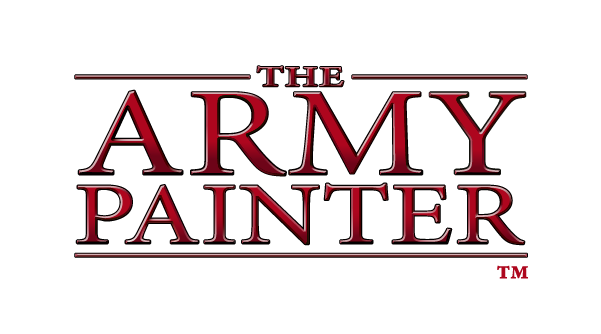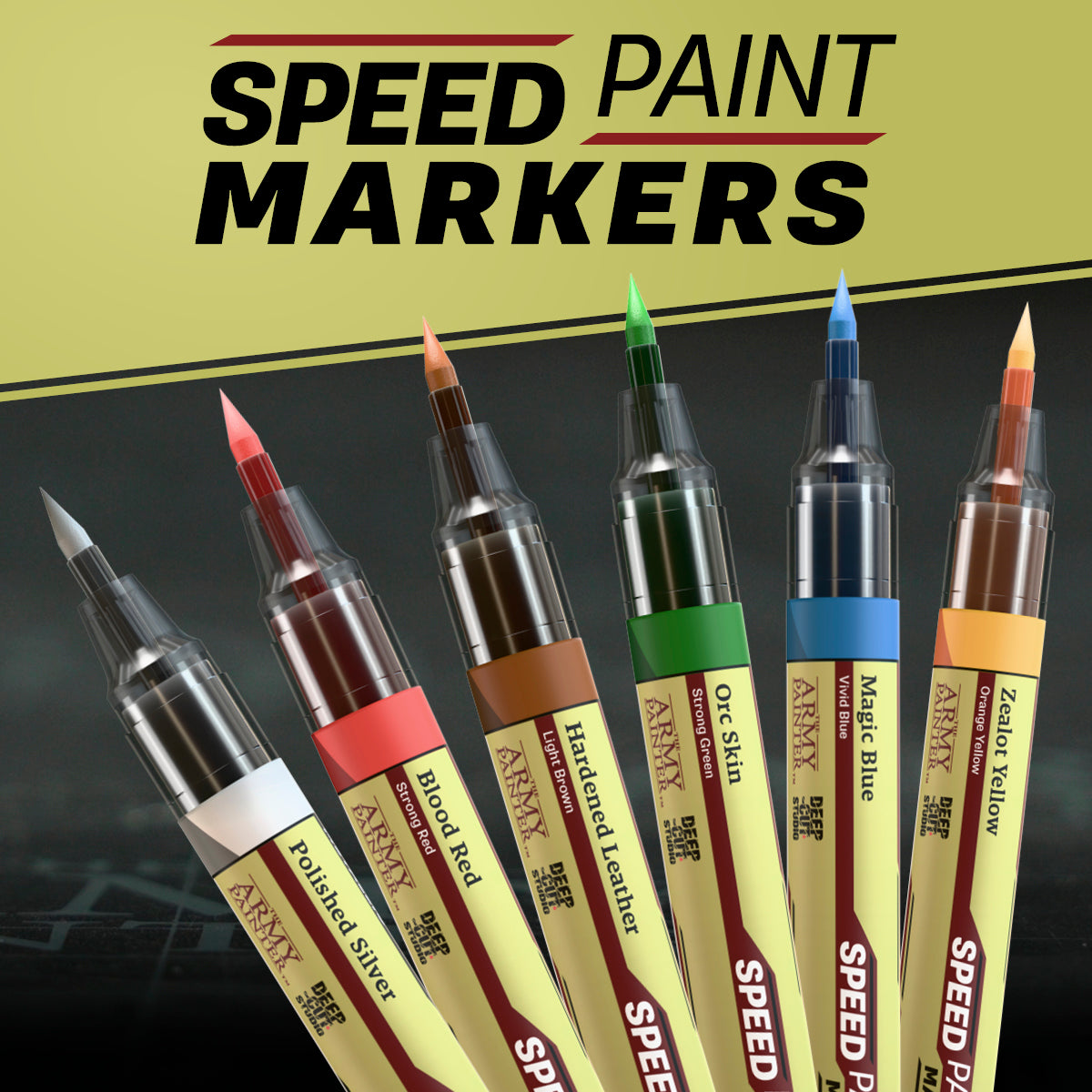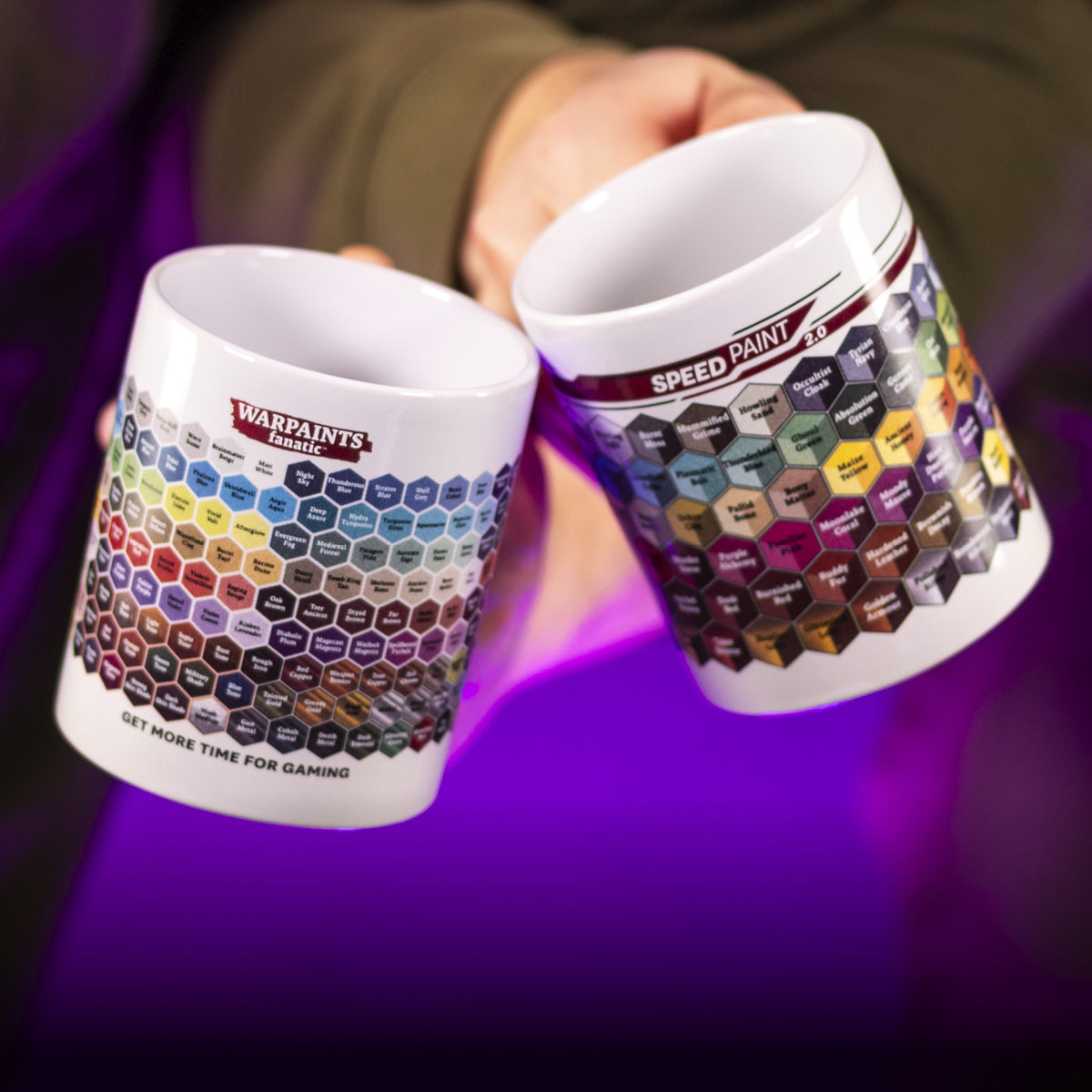With the Flexible Triad: Desaturated Blue-Greys, you can capture the essence of cold environments, frosty details, and ghostly figures. They’re perfect for runic insignias, Old Norse mythology, and Valhalla miniatures. They perfectly embody the chilling coolness required for wintry scenes or the eerie calm of nocturnal settings. The inherent coolness of the range can also help you convey an otherworldly presence and paint ghostly and ethereal figures.
The Desaturated Blue-Greys Triad is suitable for projects across all genres of miniature painting, from historical and military figures to fantasy creatures and sci-fi models.
The Flexible Triad: Desaturated Blue-Greys consists of:
- Warpaints Fanatic: Night Sky
- Warpaints Fanatic: Thunderous Blue
- Warpaints Fanatic: Stratos Blue
- Warpaints Fanatic: Wolf Grey
- Warpaints Fanatic: Runic Cobalt
- Warpaints Fanatic: Frost Blue
The Flexible Colour Triad System is a segment, or family, of six colours that range from dark to light with a consistent hue. This system allows you to easily select paints that create a natural colour progression on your miniatures. This is an easy way to create a colour scheme for your miniature when army painting because you always have 27 Flexible Triads to choose from instead of mixing colours.
The system builds upon the traditional triad system by introducing more versatility and adaptability in colour selection, expanding the conventional three colours to six. This gives you almost endless possibilities for putting colours together within the triad.
When using a triad system, you usually select 3 colours (a base, a shade, and a highlight), depending on the level of contrast you want on your miniature. For instance, for minimal contrast, opt for 3 adjacent colours to achieve a smooth colour transition. For maximum contrast, use the lightest, middle, and darkest colour available in the flexible triad.
Select a minimum of three colours within the Flexible Triad: a base, a shade, and a highlight. The chosen colours can be either adjacent or spaced out, depending on the level of contrast you would like to achieve. The more spaced out, the greater the contrast.
- Begin by applying the basecoat of the darkest colour to establish a dark colour in the shadows and recesses of your miniature.
- Next, apply your midtone colour (the lighter tone within the Flexible Triad). Paint this over all areas, leaving the darkest basecoat colour in the recesses and shadowed areas. Keep repeating this step if you have more than one midtone, going lighter each time, and continue until you’re left with the lightest colour.
- Lastly, use the lightest colour to highlight the most prominent areas of the model, such as edges and raised surfaces. This will add definition and mimic the look of light catching on the miniature.
Tip: Blend the colours together smoothly to create a seamless transition between each shade. You can adjust the intensity of the colours by layering and blending them as needed. Experiment with different techniques to achieve the desired effect, such as dry brushing or layering thin glazes of paint.
Read Warpaints Fanatic: How to use Flexible Colour Triads for a more in-depth introduction to the Flexible Triad System and a step-by-step guide for how to use it.
Conforms to
ASTM D-4236. In case of eye contact, rinse with running water.
Warning.
Contains: octhilinone, 1,2-benzisothiazol-3(2H)-one, reaction mass of
5-chloro-2-methyl-2H-isothiazol-3-one and 2-methyl-2H-isothiazol-3-one (3:1).
May cause an allergic skin reaction. Causes serious eye irritation. Wear
protective gloves. IF ON SKIN: Wash with plenty of water. Dispose of contents
according to local regulations.
Not
suitable for children under 14 years of age.
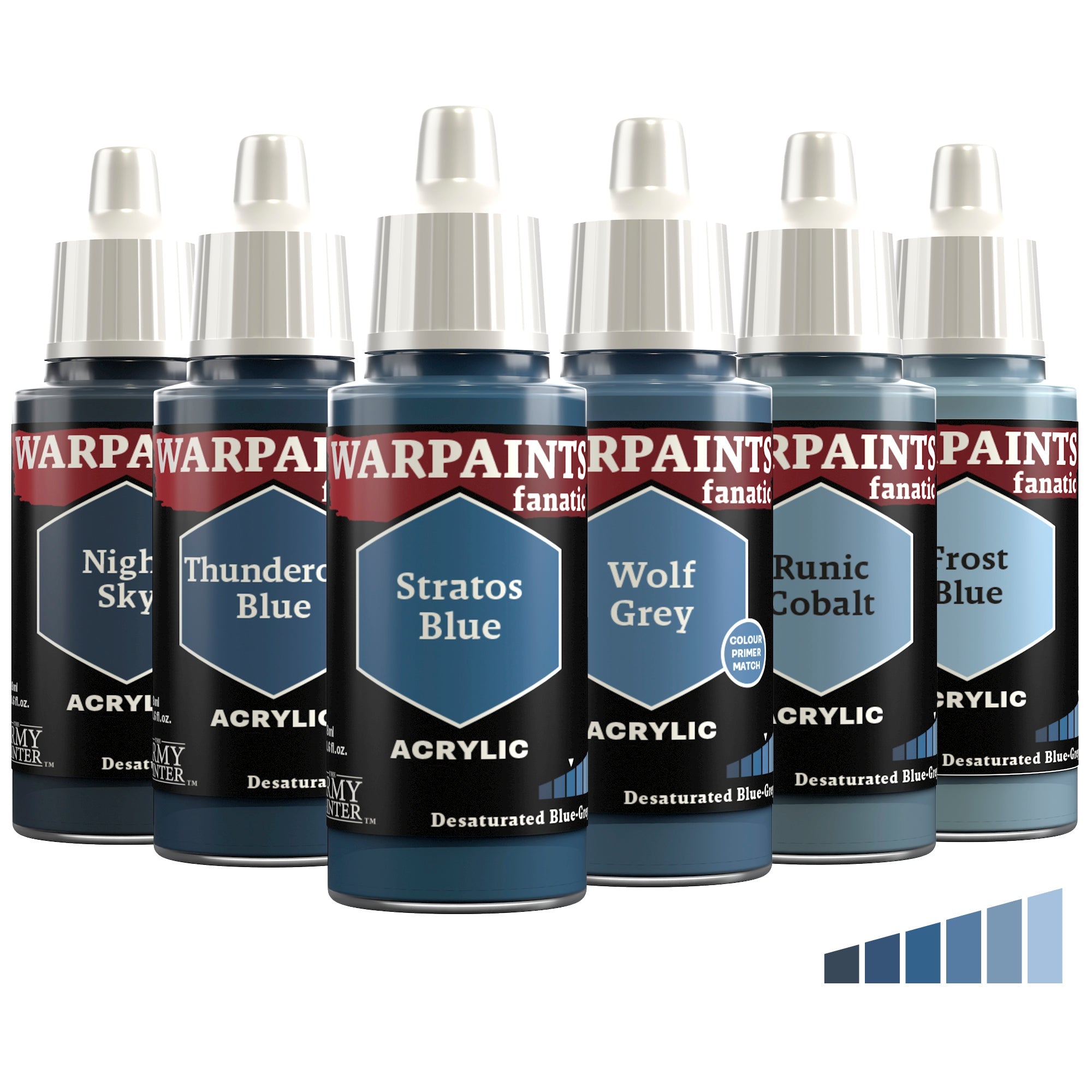







 UNITED STATES From: 17,99 $
UNITED STATES From: 17,99 $
 UNITED KINGDOM From: 8,00 £
UNITED KINGDOM From: 8,00 £
 FRANCE From: 4,99 €
FRANCE From: 4,99 €
 GERMANY From: 5,99 €
GERMANY From: 5,99 €
 ITALY From: 8,99 €
ITALY From: 8,99 €
 NETHERLANDS From: 4,99 €
NETHERLANDS From: 4,99 €
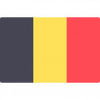 BELGIUM From: 4,99 €
BELGIUM From: 4,99 €
 DENMARK From: 4,99 €
DENMARK From: 4,99 €
 IRELAND From: 8,99 €
IRELAND From: 8,99 €
 SPAIN From: 8,99 €
SPAIN From: 8,99 €
 SWEDEN From: 6,99 €
SWEDEN From: 6,99 €
 AUSTRIA From: 7,99 €
AUSTRIA From: 7,99 €
 FINLAND From: 8,99 €
FINLAND From: 8,99 €
 PORTUGAL From: 8,99 €
PORTUGAL From: 8,99 €
 POLAND From: 7,99 €
POLAND From: 7,99 €
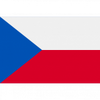 CZECH REPUBLIC From: 7,99 €
CZECH REPUBLIC From: 7,99 €
 CROATIA From: 12,99 €
CROATIA From: 12,99 €
 HUNGARY From: 11,99 €
HUNGARY From: 11,99 €
 SLOVENIA From: 11,99 €
SLOVENIA From: 11,99 €
 LUXEMBOURG From: 4,99 €
LUXEMBOURG From: 4,99 €
 GREECE From: 15,99 €
GREECE From: 15,99 €
 ROMANIA From: 10,99 €
ROMANIA From: 10,99 €
 LATVIA From: 11,99 €
LATVIA From: 11,99 €
 BULGARIA From: 12,99 €
BULGARIA From: 12,99 €
 LITHUANIA From: 10,99 €
LITHUANIA From: 10,99 €
 ESTONIA From: 10,99 €
ESTONIA From: 10,99 €
 SLOVAKIA From: 10,99 €
SLOVAKIA From: 10,99 €
 UNITED STATES From: 17,99 $
UNITED STATES From: 17,99 $
 UNITED KINGDOM From: 8,00 £
UNITED KINGDOM From: 8,00 £
 FRANCE From: 4,99 €
FRANCE From: 4,99 €
 GERMANY From: 5,99 €
GERMANY From: 5,99 €
 ITALY From: 8,99 €
ITALY From: 8,99 €
 NETHERLANDS From: 4,99 €
NETHERLANDS From: 4,99 €
 BELGIUM From: 4,99 €
BELGIUM From: 4,99 €
 DENMARK From: 4,99 €
DENMARK From: 4,99 €
 IRELAND From: 8,99 €
IRELAND From: 8,99 €
 SPAIN From: 8,99 €
SPAIN From: 8,99 €
 SWEDEN From: 6,99 €
SWEDEN From: 6,99 €
 AUSTRIA From: 7,99 €
AUSTRIA From: 7,99 €
 FINLAND From: 8,99 €
FINLAND From: 8,99 €
 PORTUGAL From: 8,99 €
PORTUGAL From: 8,99 €
 POLAND From: 7,99 €
POLAND From: 7,99 €
 CZECH REPUBLIC From: 7,99 €
CZECH REPUBLIC From: 7,99 €
 CROATIA From: 12,99 €
CROATIA From: 12,99 €
 HUNGARY From: 11,99 €
HUNGARY From: 11,99 €
 SLOVENIA From: 11,99 €
SLOVENIA From: 11,99 €
 LUXEMBOURG From: 4,99 €
LUXEMBOURG From: 4,99 €
 GREECE From: 15,99 €
GREECE From: 15,99 €
 ROMANIA From: 10,99 €
ROMANIA From: 10,99 €
 LATVIA From: 11,99 €
LATVIA From: 11,99 €
 BULGARIA From: 12,99 €
BULGARIA From: 12,99 €
 LITHUANIA From: 10,99 €
LITHUANIA From: 10,99 €
 ESTONIA From: 10,99 €
ESTONIA From: 10,99 €
 SLOVAKIA From: 10,99 €
SLOVAKIA From: 10,99 €
